Today we’re heading to Averill Park, New York, with Stephanie Stewart.
These are shots of some of my favorite pollinators. The hummingbirds are attracted to salvia (Salvia guaranitica, Zone 7–10 or as an annual), honeysuckle (Lonicera spp.), and trumpet vine (Campsis radicans, Zones 5–9) in our garden. The butterflies love the many colors of phlox (Phlox paniculata, Zones 4–8), coneflowers (Echinacea species and hybrids, Zones 4–9) and Hydrangea. The hummingbird moth is especially interested in bee balm (Monarda spp., Zones 4–7) in reds and pinks.
Growing a wide variety of plants attracts them all!
Hummingbirds come in for a sweet
nectar snack from salvia blossoms. The long, tubular flowers of salvia evolved to reserve the nectar for hummingbirds, as other pollinators don’t have long enough tongues to reach the nectar. But sometimes bees—especially bumblebees—cheat a little, doing something called “nectar robbing.” They bite holes in the base of the flower to sneak in and get the nectar sideways. If lots of bees start nectar robbing, you won’t see as many hummingbirds on your salvia.
Though many hummingbird-pollinated flowers are
red, they aren’t always, and hummingbirds are happy to visit any flower with abundant nectar.
A lovely hardy hibiscus (
Hibiscus hybrid, Zones 5–9) bloom, with a darker pattern in the flower center called a nectar guide, which helps pollinators home in on the sweet reward.
 If you are aiming for pollinators, choosing echinacea varieties with the normal single row of petals like this orange hybrid will provide the most nectar and pollen, as opposed to the double-flowered forms with extra petals.
If you are aiming for pollinators, choosing echinacea varieties with the normal single row of petals like this orange hybrid will provide the most nectar and pollen, as opposed to the double-flowered forms with extra petals.
A hummingbird approaching trumpet vine, a classic red-flowered plant specializing in hummingbirds as pollinators.
Butterflies rejoicing in echinacea blooms
More butterflies stop by on brilliant pink echinaceas.
Have a garden you’d like to share?
Have photos to share? We’d love to see your garden, a particular collection of plants you love, or a wonderful garden you had the chance to visit!
To submit, send 5-10 photos to gpod@taunton.com along with some information about the plants in the pictures and where you took the photos. We’d love to hear where you are located, how long you’ve been gardening, successes you are proud of, failures you learned from, hopes for the future, favorite plants, or funny stories from your garden.
If you want to send photos in separate emails to the GPOD email box that is just fine.
Have a mobile phone? Tag your photos on Facebook, Instagram or Twitter with #FineGardening!
You don’t have to be a professional garden photographer – check out our garden photography tips!
Do you receive the GPOD by email yet? Sign up here.
Fine Gardening Recommended Products
ARS Telescoping Long Reach Pruner
Fine Gardening receives a commission for items purchased through links on this site, including Amazon Associates and other affiliate advertising programs.
Telescopes from 4 to 7'. Cut and Hold (160) Blades. Drop forged blades for unsurpassed long lasting sharpness. Lightweight, 2.3 lbs., for continued use. Perfectly balanced for easy pruning.
Wagner's 52003 Classic Blend Wild Bird Food, 6-Pound Bag
Fine Gardening receives a commission for items purchased through links on this site, including Amazon Associates and other affiliate advertising programs.
Classic wild bird food uses the highest quality grains to attract backyard wild Birds. A high-quality mix containing Millet, milo, cracked corn and Sunflower for a wide range of wild birds to enjoy. Perfect for tube, hopper, or platform feeders. Great to feed in all seasons! Perfect for the winter, when seeds are scarce; spring and summer for hatchlings; and autumn to give energy to migrating birds. This seed will help you fill your yard with birds such as Jays, cardinals, doves, Juncos, finches, goosebeaks, any many more.
National Wildlife Federation®: Attracting Birds, Butterflies, and Other Backyard Wildlife, Expanded Second Edition (Creative Homeowner) 17 Projects & Step-by-Step Instructions to Give Back to Nature
Fine Gardening receives a commission for items purchased through links on this site, including Amazon Associates and other affiliate advertising programs.
From the National Wildlife Federation, the largest U.S. nonprofit conservation organization, with 6 million members and 51 state and territorial affiliated organizations. 17 step-by-step projects that everyone can do together make getting your family back to nature easy, educational, and fun. Over 200 color photos of backyard wildlife habitats and the wide variety of creatures they attract, plus step-by-step photos and illustrations for family projects. Learn wildlife-friendly practices for gardening, landscape design, supplemental feeders, birdbaths, nesting places, and more. Learn how to attract backyard pollinators, from bees and butterflies to beetles, bats, and hummingbirds
Get your garden certified by the National Wildlife Federation's Garden for Wildlife(TM) program by following the included certification application checklist.




 If you are aiming for pollinators, choosing echinacea varieties with the normal single row of petals like this orange hybrid will provide the most nectar and pollen, as opposed to the double-flowered forms with extra petals.
If you are aiming for pollinators, choosing echinacea varieties with the normal single row of petals like this orange hybrid will provide the most nectar and pollen, as opposed to the double-flowered forms with extra petals.


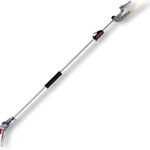
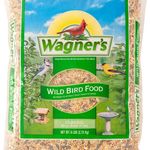
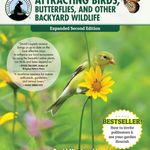





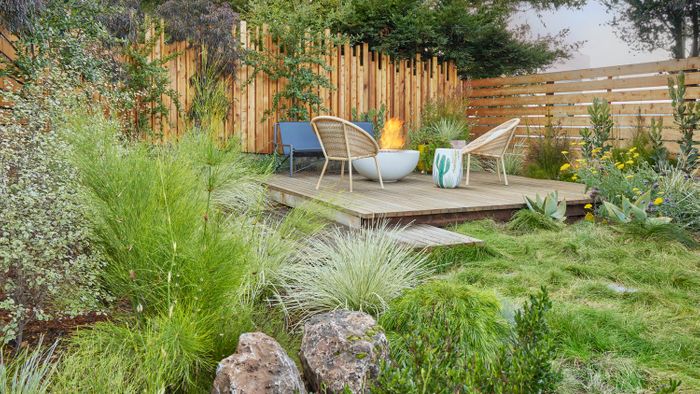
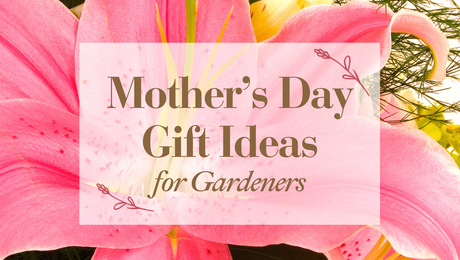
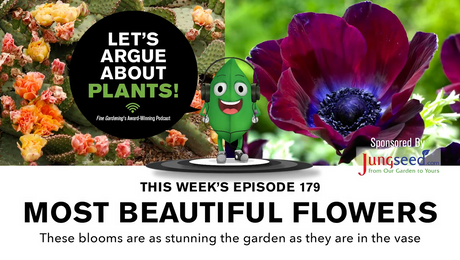
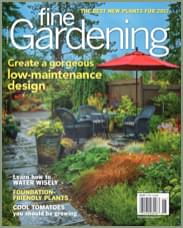

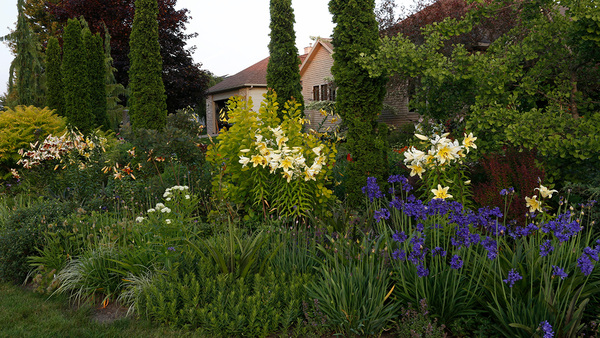



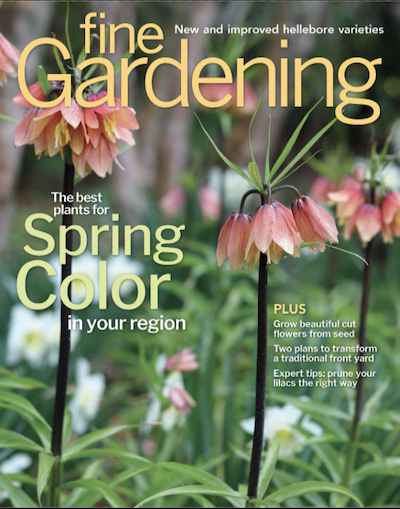



Comments
Splendid photos - thanks for sharing!
Wondrous way to end the week! I have several lantanas in very sunny beds - they get huge - and they are always covered in all kinds of butterflies. Also have a variety of plants chosen specifically to draw pollinators, especially hummingbirds. Two hummingbird feeders as well that I especially use in the last months prior to when they are heading further south for the winter.
Gorgeous photos! And very interesting fact about nectar robbing.
Wow! Your photography is so professional! It's just amazing!
And....
I've learned something very interesting from you about bees piercing the sides of the Black 'n Blue Salvia, I thought I saw a bee do that and was not sure what what going on until now!
Thanks for this beautiful and informative garden post!
Beautiful!
This is awesome! You have a touch of creativity, the photos look stunning. | Toledo Deck Pros
Log in or create an account to post a comment.
Sign up Log in